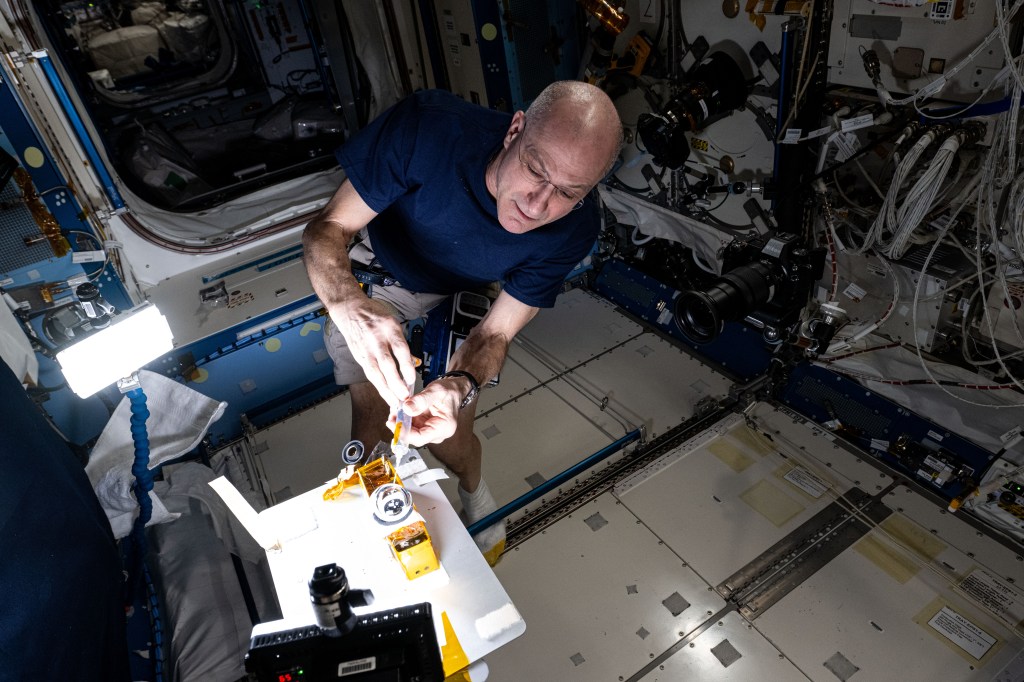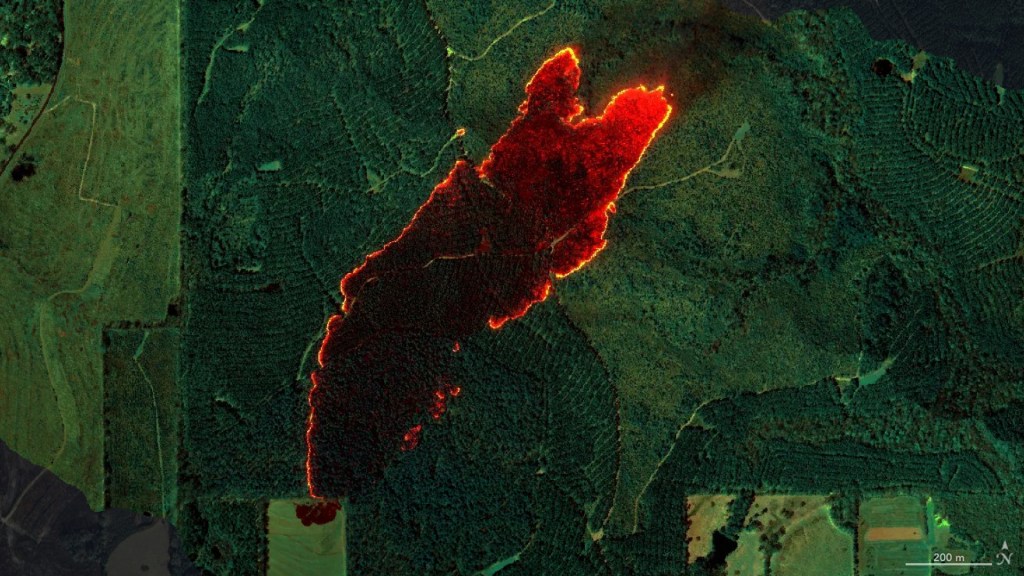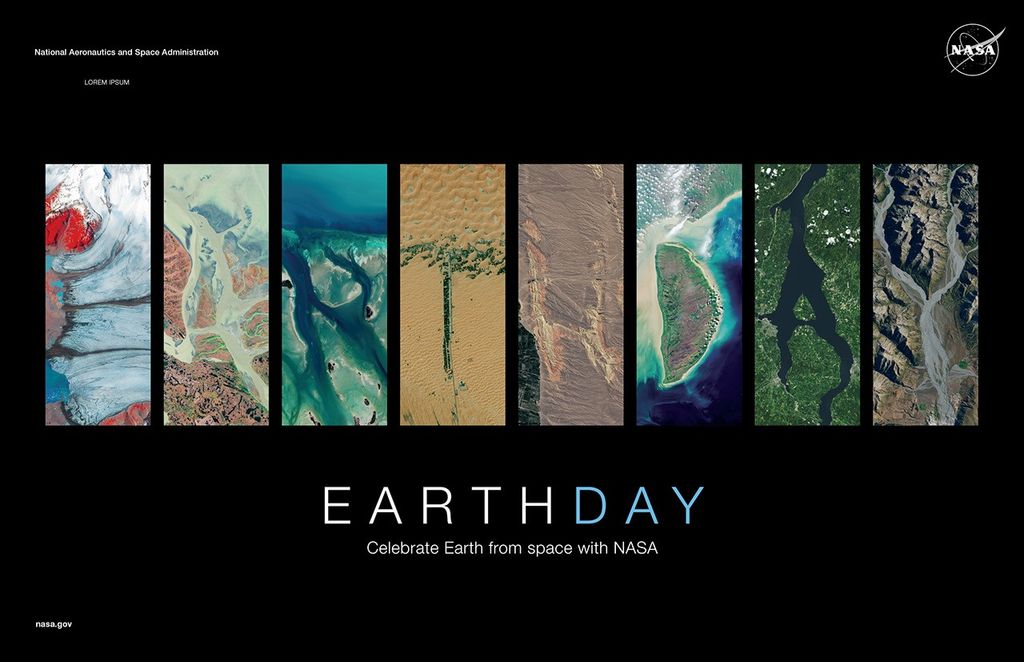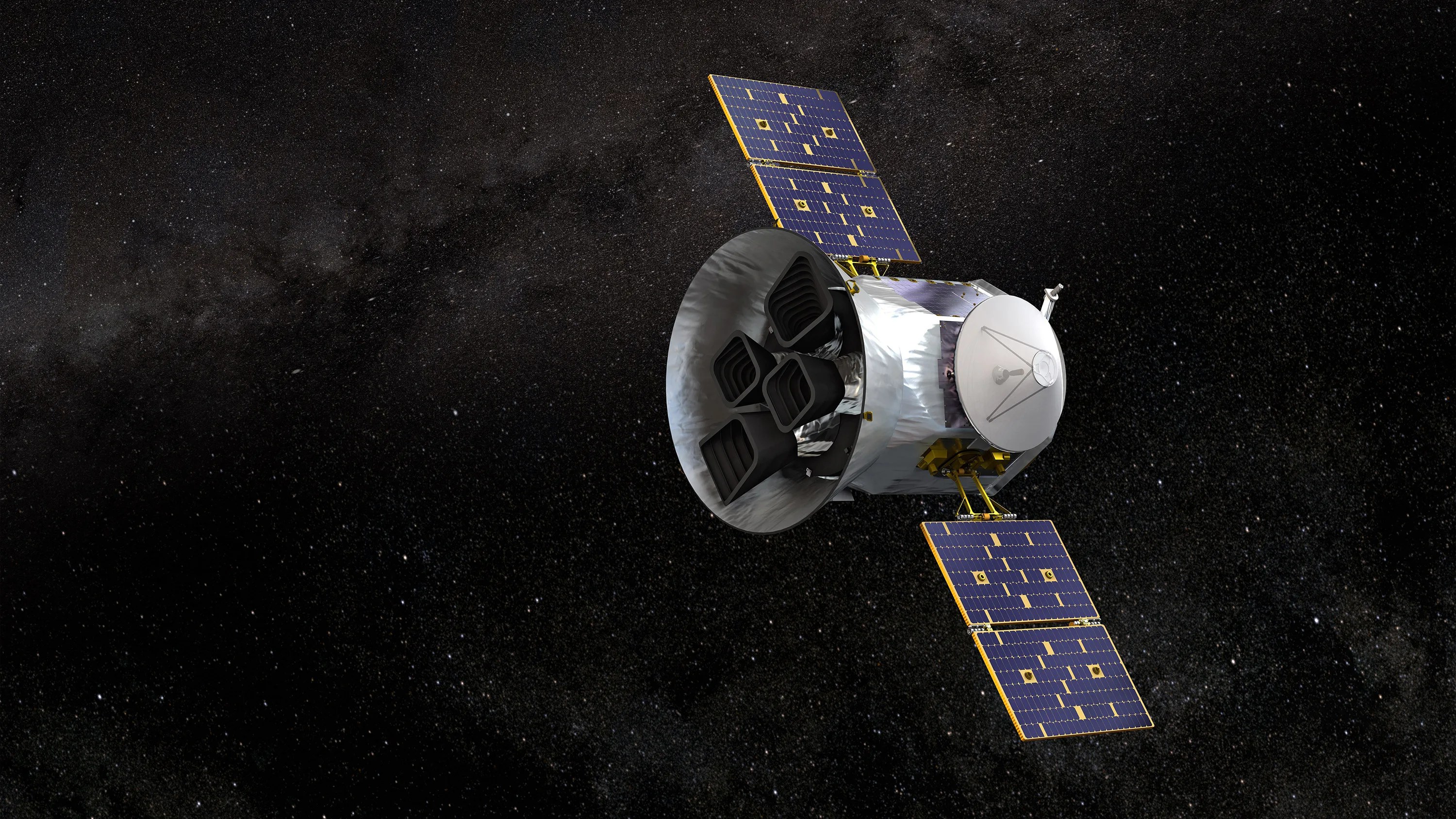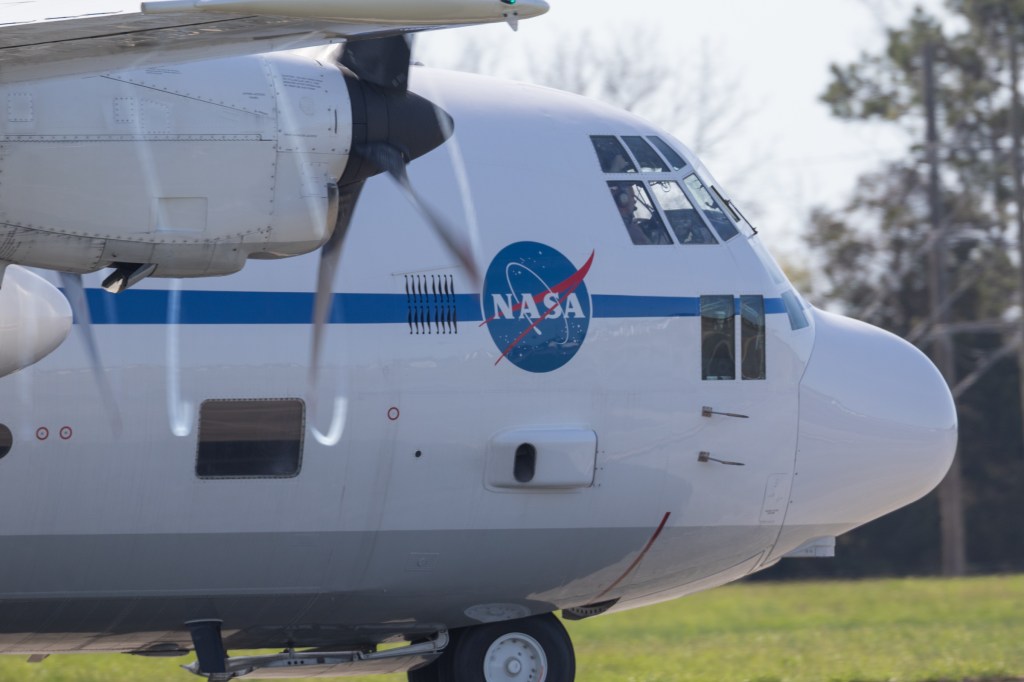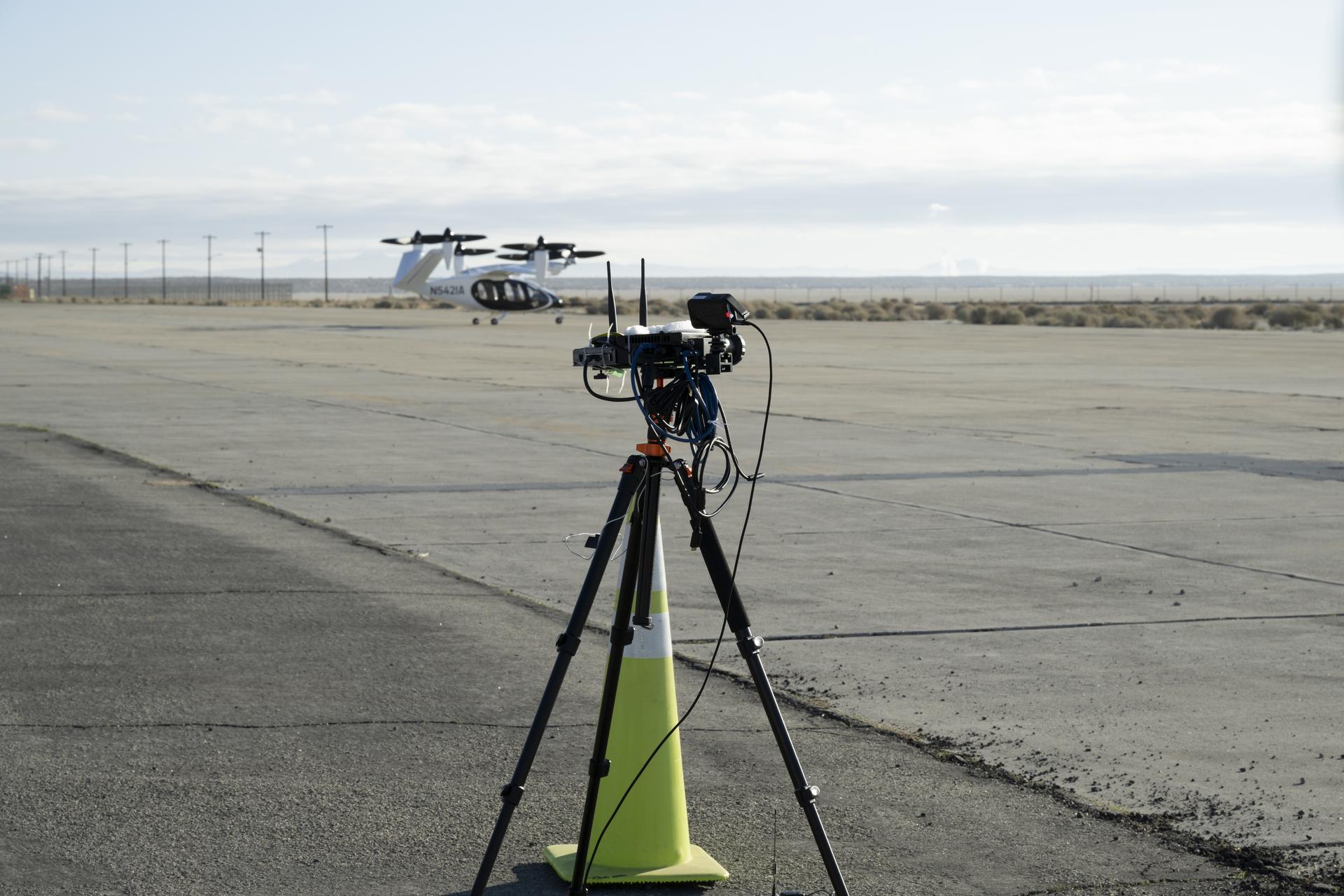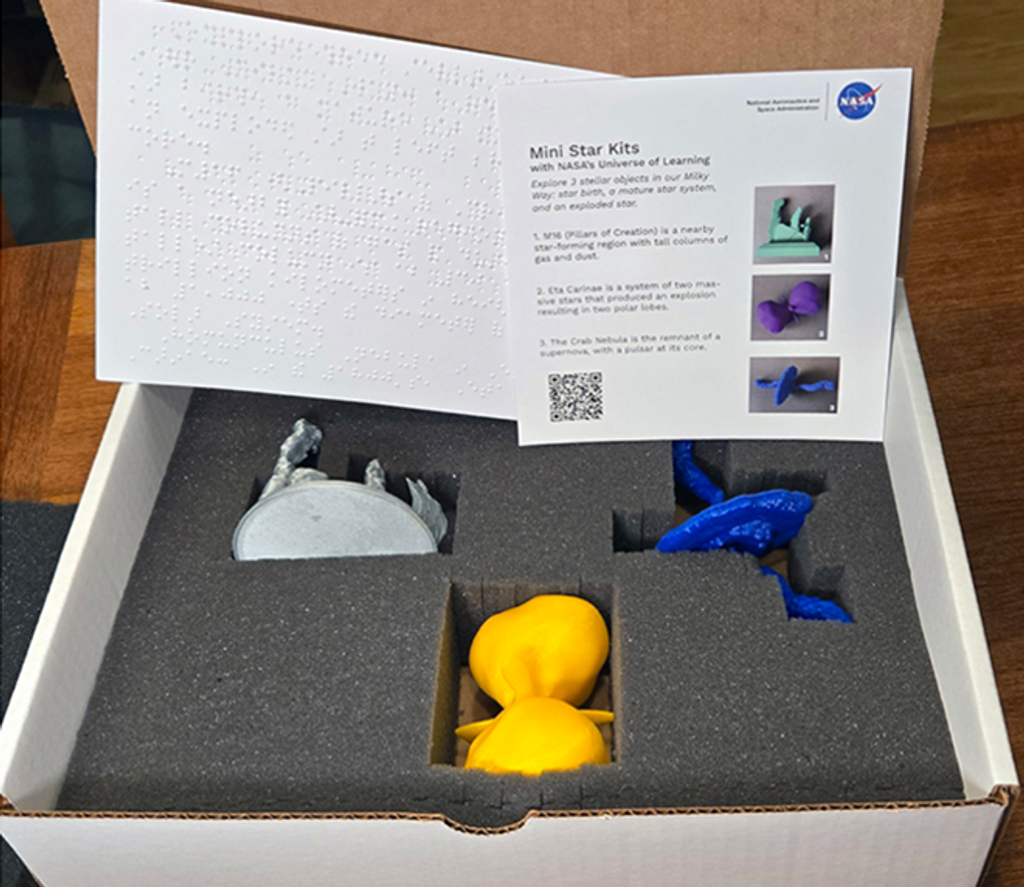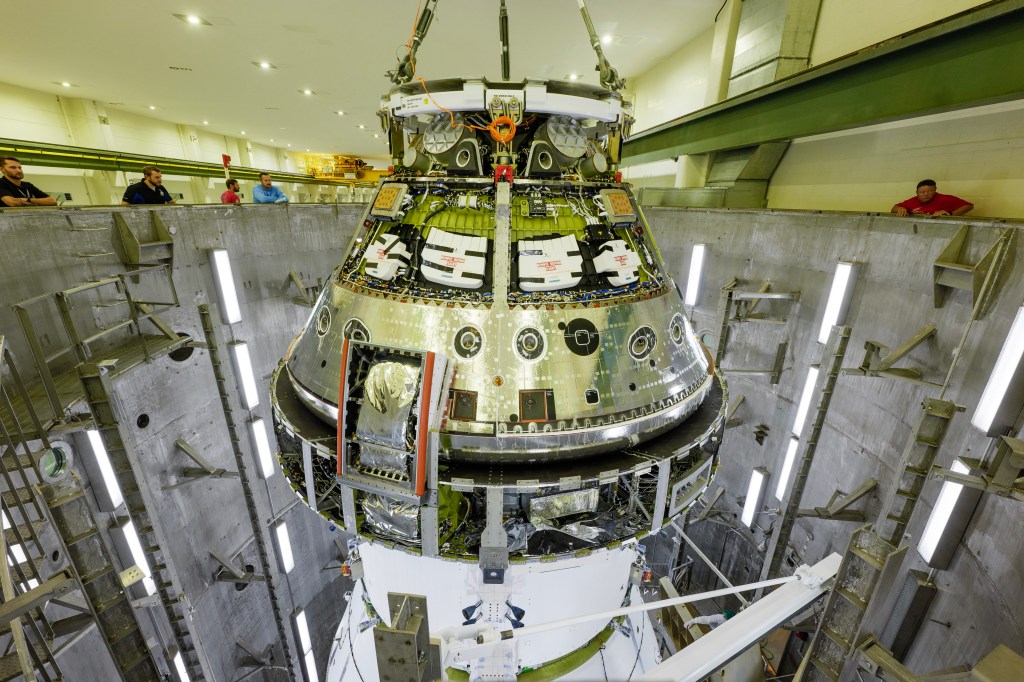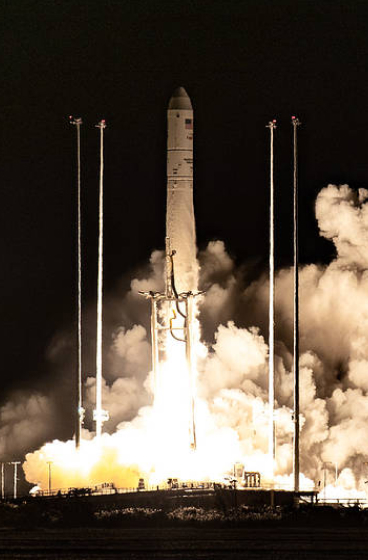In our modern wireless world, almost all radio frequency (RF) spectrum bands are shared among multiple users. In some domains, similar users technically coordinate to avoid interference. The spectrum management team, part of NASA’s SCaN (Space Communications and Navigation) Program, represents the collaborative efforts across U.S. agencies and the international community to protect and enable NASA’s current and future spectrum-dependent science, exploration, and innovation.
Coordination with Other Spectrum Stakeholders
NASA works to promote the collaborative use of the RF spectrum around Earth, and beyond. For example, NASA coordinates closely with other U.S. government agencies, international civil space agencies, and the private sector to ensure missions that overlap in time, location, and frequency do not cause or receive interference that could jeopardize their success. The spectrum management team protects NASA’s various uses of the spectrum by collaborating with U.S. and international spectrum users on technical matters that inform regulatory discussions.
As a founding member of the Space Frequency Coordination Group, NASA works with members of governmental space- and science-focused agencies from more than 35 countries. The Space Frequency Coordination Group annual meetings provide a forum for multilateral discussion and consideration of international spectrum regulatory issues related to Earth, lunar, and deep space research and exploration. The Space Frequency Coordination Group also provides a forum for the exchange of technical information to facilitate coordination for specific missions and enable efficient use of limited spectrum resources in space.
Domestic and International Spectrum Regulators
Creating and maintaining the global spectrum regulations that govern spectrum sharing requires collaboration and negotiation among all its diverse users. The International Telecommunication Union manages the global spectrum regulatory framework to optimize the increasing, diverse uses of the RF spectrum and reduce the likelihood of RF systems experiencing interference. U.S. regulators at the National Telecommunications and Information Administration and the Federal Communications Commission are responsible for developing and administering domestic spectrum regulations. Organizations across the world cooperatively plan and regulate spectrum use. The spectrum management team participates on behalf of NASA at both national and international levels to ensure that the U.S. domestic and international spectrum regulatory framework supports and enables NASA’s current and future missions.



